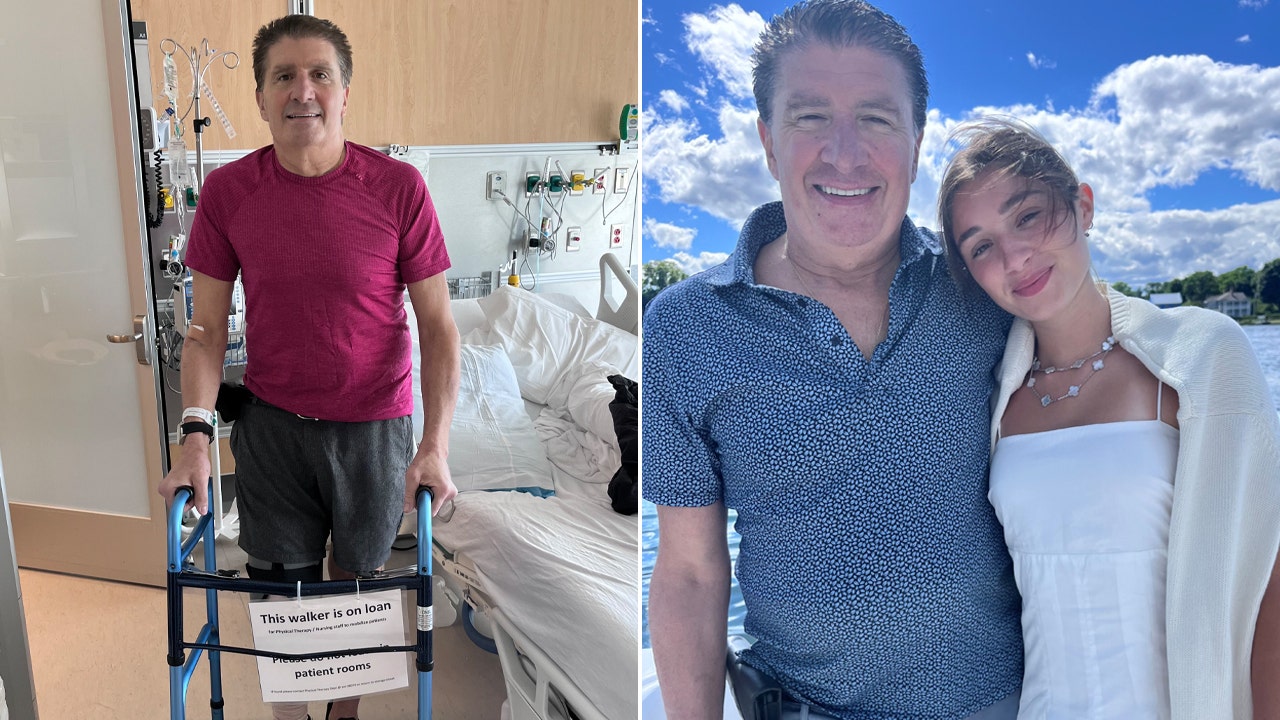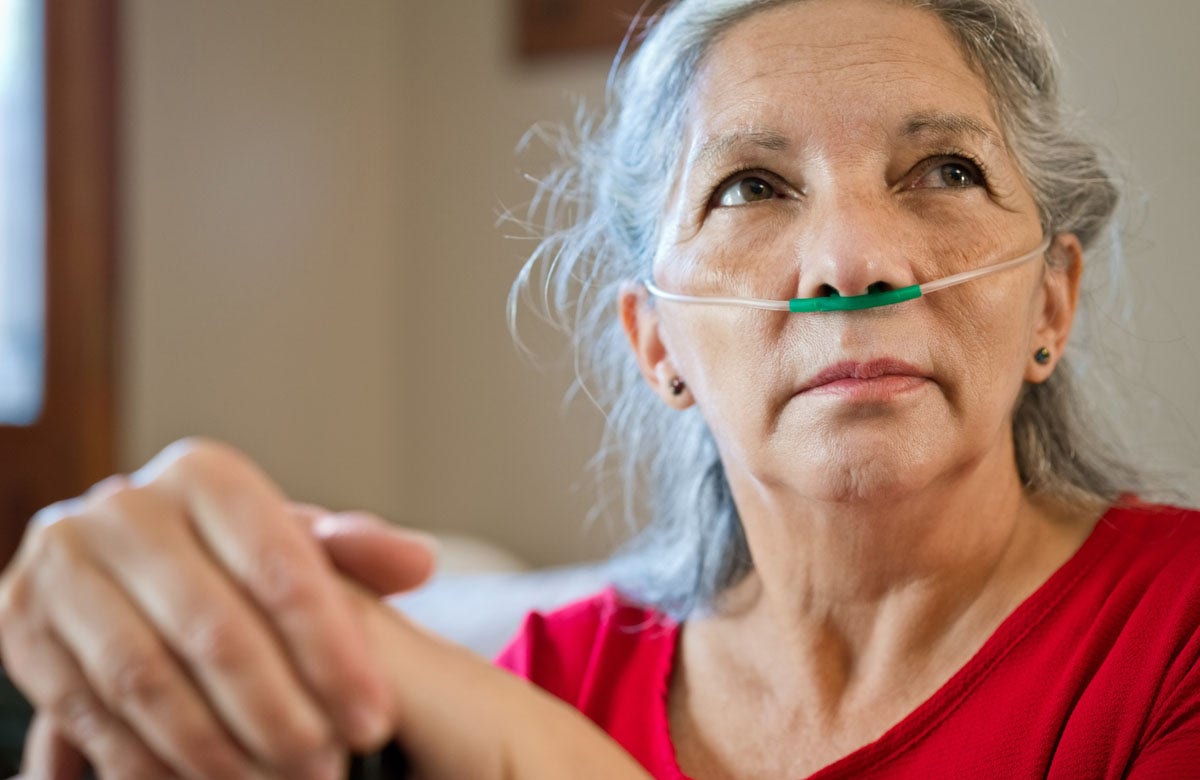The U.S. surgeon general, Dr. Vivek Murthy, on Tuesday declared gun violence in America a public health crisis, recommending an array of preventive measures that he compared to past campaigns against smoking and traffic safety.
The step follows years of calls by health officials to view firearm deaths through the lens of health rather than politics.
The National Rifle Association has vigorously opposed this framing and promoted legislation that effectively quashed federal funding for research into gun violence for a quarter-century. The N.R.A. also unsuccessfully lobbied against Dr. Murthy’s nomination as surgeon general by Barack Obama in 2014, calling him “a serious threat to the rights of gun owners.”
Dr. Murthy’s 32-page advisory calls for an increase in funding for firearm violence prevention research; advises health workers to discuss firearm storage with patients during routine medical visits; and recommends safe storage laws, universal background checks, “red flag” laws and an assault weapons ban, among other measures.
“I’ve long believed this is a public health issue,” he said in an interview. “This issue has been politicized, has been polarized over time. But I think when we understand that this is a public health issue, we have the opportunity to take it out of the realm of politics and put it into the realm of public health.”
But public-health-based gun reform has been an uphill battle in the United States, whose political parties are lodged in a stalemate over many of the measures the report recommends, including assault weapons bans and background checks for gun buyers. Experts estimate that 400 million guns are circulating in private hands, making it nearly impossible for the government to meaningfully restrict access to them.
In 2020, gunshot wounds surpassed car accidents as the leading cause of death for children and adolescents in the United States. The rates of firearm mortality for young people in America is nearly six times the rate in Canada, nearly 23 times the rate in Australia and nearly 73 times the rate in the United Kingdom, the surgeon general’s advisory said.
The last decade brought a surge in new gun ownership and a striking rise in firearm suicides of young people, many carried out with guns owned by adults in the household. In cases where children and adolescents were killed by unintentional gunshot wounds, around three-quarters of the firearms used had been stored loaded and unlocked, the Centers for Disease Control and Prevention has found.
“We have to look at this now for what it is, which is a kids’ issue,” Dr. Murthy said.
He added that he had spoken with students across the country, in both rural and urban areas, who were afraid of getting shot in their neighborhood or at school. “As a country, we are actually more united than I believe we understand,” he said.
The position of surgeon general was stripped of many responsibilities during federal reorganizations in the 1960s and functions largely as a bully pulpit, tasked with communicating scientific findings to the public. In his second term as surgeon general, Dr. Murthy has issued advisories about youth mental health, loneliness and social media.
Some warnings from the surgeon general — like a 1964 advisory about the health risks of smoking — have succeeded in shifting the national conversation. After that announcement, Congress voted to require a printed health warning on cigarette packs, and smoking began a 50-year decline. In 1964, around 42 percent of adults smoked daily; by 2021, 11.5 percent did.
Dr. Murthy said he saw a public health campaign against gun violence as a similar challenge, requiring a combination of education and awareness campaigns, culture shifts and policies. “There wasn’t one single strategy that ultimately worked with tobacco,” he said. “That’s what I’m thinking here, too.”
Jonathan M. Metzl, a professor of sociology and psychiatry at Vanderbilt University in Nashville, argued in a recent book that public health strategies from “the tobacco wars, the seatbelt wars, or other last-century profits-versus-people contests” were ill-suited to the national debate around guns, which are rooted so deeply in political identity.
“Framing gun violence as a public health ‘epidemic’ in other words failed to counter how a growing red-blue struggle was being fought in the theaters of ever-more-lax gun policies and by ever more civilians carrying guns,” Dr. Metzl wrote in the book, “What We’ve Become: Living and Dying in a Country of Arms.”
There are some signs of movement, though. In the aftermath of the 2018 mass shooting at a high school in Parkland, Fla., that killed 17 people, a wave of states adopted red flag laws, which allow the authorities to remove firearms temporarily from people identified as dangerous to themselves or others. Twenty-one states now have such laws on the books.
Dr. Murthy said he was hopeful that change could also radiate from health care settings, where providers regularly speak to their patients about safety issues like seatbelts or swimming pools. Gun storage, he said, could easily become one of those routine questions.
“There’s a significant portion of homes in America which have unlocked, loaded weapons — in other words, weapons that are not stored safely and then hence present a risk not only to kids but to others in the home,” he said. “And that is a place where we can make a difference.”






